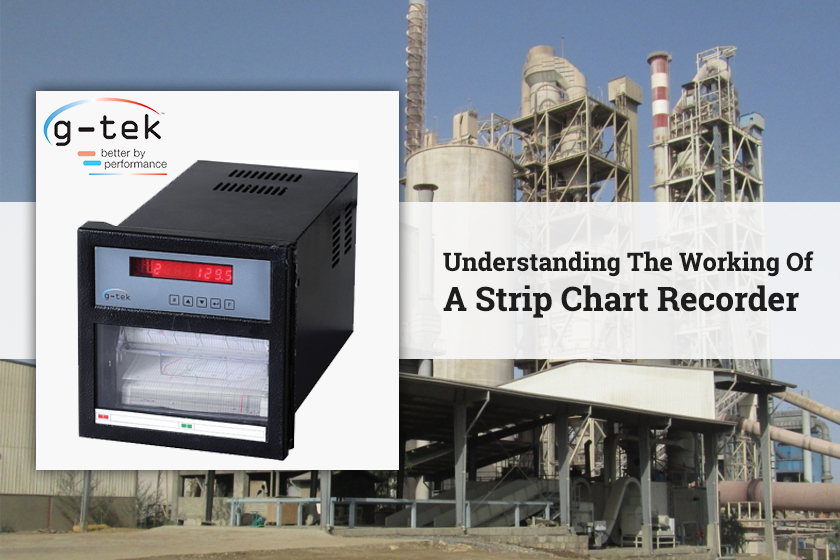Strip Chart Recorders make use of long strips or rolls of paper to archive data points over a time period. One or more sensors acquire data. A strip chart makes use of one or more pens to plot data linearly as the chart passes through uniform speed. The benefits of strip chart recorders are real-time output, ease of operation, and hardcopy produced by the device.
Applications of strip chart recorders are flow rates, pH, pressure, temperature and humidity measurements, and other measurement processes as well. The device can be used for recording continuous processes. Strip chart recorders are available in multichannel or single styles and configurations. Some recorders record information in digital form for downloading it to a computer. The requirement of a strip chart recorder is correct pens and charts.
Read more: How Does The Strip Chart Recorder Work?
Strip Chart Recorder Technology
Strip chart recorders give you data. Data is produced by using special sensors attached to the recorder. Sensor types include current, strain gauge or bridge, humidity, pressure, level, pH, pressure, and temperature among others.
Sensors can be passive or active devices. Active sensors require a power supply for generating a signal. Passive sensors, including thermocouples, do not require an outside power supply in order to generate the signal. The active device is powered through the recorder and is known as an excitation source. The signal excitation can be either through current output or through voltage.
As recorders receive a digital signal, sensor input or analog signal chart paper gets driven past the pen or pens at a fast rate by a drive mechanism. Pen assemblies use potentiometers or galvanometers to drive the marking devices.
Galvanometric recorders have a light wire coil magnetically suspended which is deflected by sensor current. The pen is used for recording those fluctuations, effectively transcribing sensor current. Sensitivity is limited with galvanometers and analog instruments. Galvanometric recorders have small bandwidth, small response, low sensitivity, and low input impedance.
Potentiometric recorders compare input signals with reference resulting in an error signal that is amplified and drives the pen motor. Potentiometric recorders have smaller bandwidth, fast response, high sensitivity, and high input impedance.
Gtek is the leading manufacturer of strip chart recorders and offers the device many features as compared to other devices available in the market.

